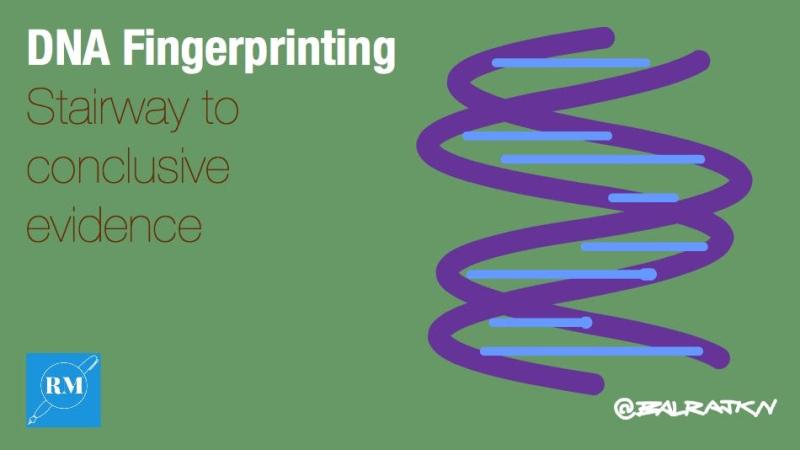
Are you a fan of detective TV shows? If so, you will know of DNA Fingerprinting as a tool to identify a criminal.
Everyone’s DNA, much like a fingerprint, is unique. Repeating sequences of DNA called tandem repeats are present between genes. The number each repeat sequence varies from person to person. We can generate a unique pattern of tandem repeats for every person using specialized laboratory techniques. Identical twins are an exception to this case since they have the same DNA fingerprint.
DNA fingerprints of blood relatives are more similar than those of unrelated individuals. This helps us establish blood relationships. What’s more, very tiny amounts of the body cells – be it blood, hair, skin, or even cheek swabs are enough to extract DNA. DNA fingerprinting is also used to identify an individual carrying an inherited genetic disorder such as Huntington's disease, haemophilia, cystic fibrosis, and sickle cell anaemia. Early diagnosis before the symptoms even appear helps in better management of the disease.





